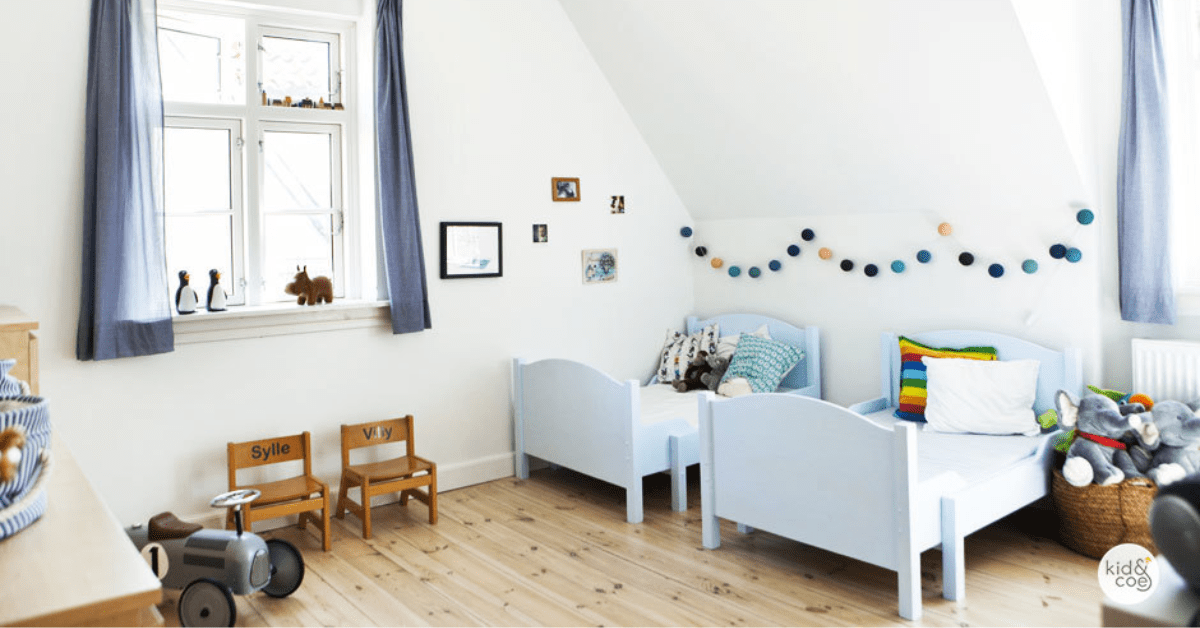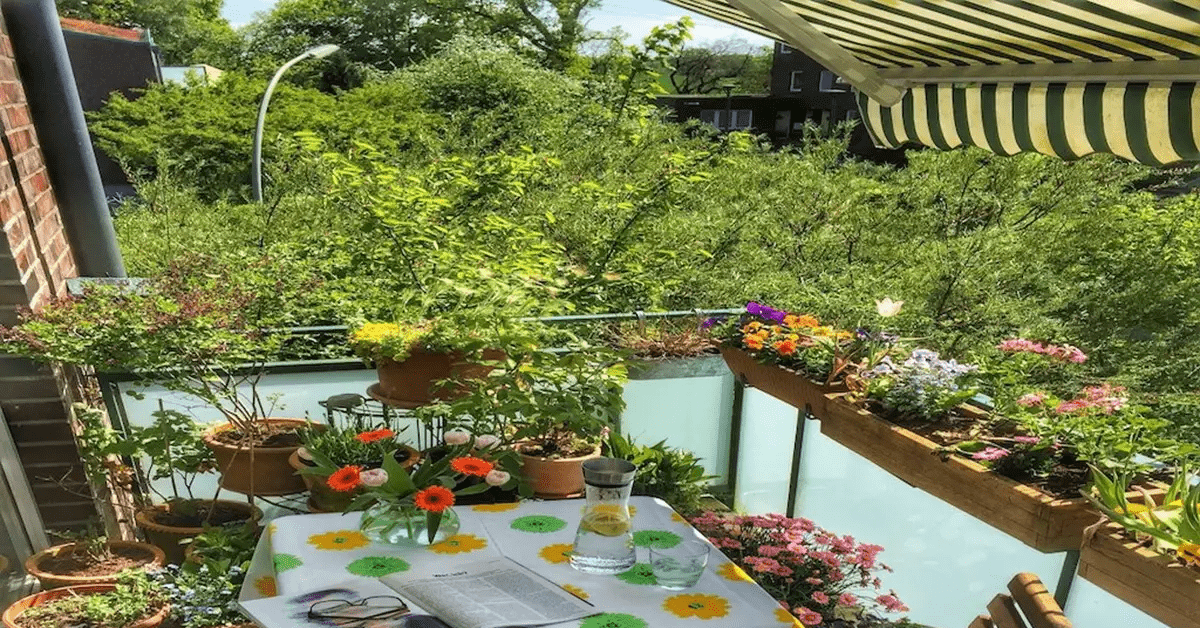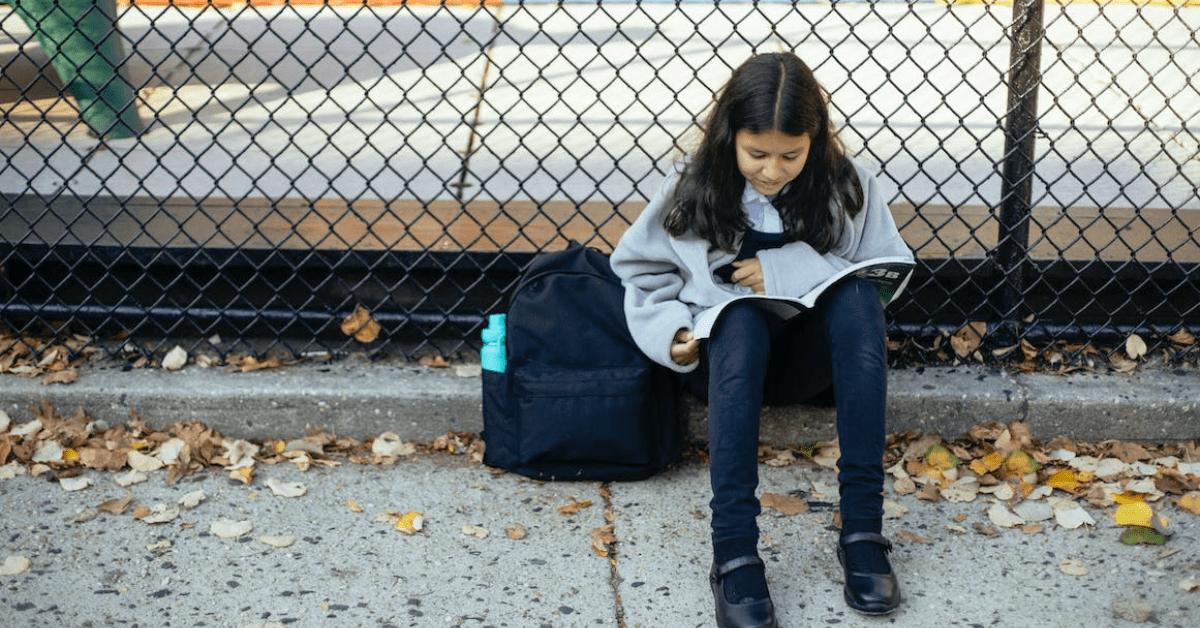Organizing Tips for a Clutter-Free Home with Kids
When kids are involved, keeping a clean and organized home might occasionally seem like an impossibility. But it’s critical to understand the value of a clean home for the welfare of your family and the growth of your kids. A well-organized house fosters tranquility and safety, creating a caring setting where your kids can flourish.
Everyone who lives there can experience tension and anxiety due to clutter and disarray. The constant hunt for lost goods, the frustration of not being able to find what you need when you need it, and the general disarray brought on by clutter may all have a detrimental effect on the family’s mood and harmony as a whole.
Contrarily, a structured home fosters a sense of calm and order that can improve both children’s and adults’ mental and emotional health.
Why Clutter Accumulates in a Home With Kids
Particularly in a family home, clutter has a magical way of spreading. Understanding the causes of clutter accumulation is crucial before finding effective solutions. One of the biggest reasons clutter accumulates in a home with kids is the constant influx of new toys, clothes, and school materials. Children are naturally interested and often pick up new things, which, if not handled carefully, can quickly result in a crowded environment.
Lack of specified areas and organizational techniques is another factor in clutter. Children might not know where their clothes, books, or toys belong, so they may leave them out or scatter them over the house. Kids also have a habit of abandoning projects, whether they are games or art projects, which leaves rooms cluttered.
Benefits of a Clutter-Free Home for Kids
A clutter-free home has various advantages for children. For starters, it promotes relaxation and decreases tension. When children are in an orderly and clean setting, they are better able to concentrate on their activities and engage in imaginative play. A clutter-free environment also encourages youngsters to acquire a sense of responsibility and ownership over their possessions. They learn to take care of their belongings and the value of cleanliness.
Furthermore, an orderly home develops children’s independence and self-sufficiency. When everything has a home, children can simply find what they need and learn to clean up after themselves. As they learn to take responsibility for their own space, they gain a sense of success and confidence. A clutter-free house also increases safety by reducing tripping hazards and the chance of accidents.
Organizing Tips for Kids’ Bedrooms
Children’s bedrooms are sanctuaries, and keeping them orderly is critical to their well-being. Begin by decluttering and getting rid of anything that is no longer being utilized or cherished. Encourage your children to take part in the process and teach them the value of letting go of items they no longer require. Once the clutter has been taken away, devise a system for organizing their possessions.
Invest in child-friendly and user-friendly storage solutions. To store toys, books, and clothes, use clear containers or labeled baskets. For additional storage, consider under-bed storage. Encourage your child to make their bed every morning, and set aside time each week for the two of you to clean up. This will inculcate responsibility while also keeping their bedroom clutter-free.
Creating a Clutter-Free Playroom
The playroom is frequently the heart of a family’s home, but if not properly arranged, it may rapidly become a chaotic mess. Begin by clearing and organizing your toys. Donate or sell any toys that your children are no longer interested in. Establish defined zones for different forms of play once you have a tolerable amount of toys.
Invest in storage options that your children can simply access. To organize toys, use open shelves or cubbies, and mark each section to make cleanup easy. Teach your children the value of tidiness by encouraging them to put one toy away before taking out another. To keep things new and prevent the playroom from becoming cluttered, change toys on a regular basis.
Organizing Kids’ Artwork and School Supplies
Artwork and school supplies can quickly accumulate in a family home. To handle this, assign a space for showing and storing artwork. Display their masterpieces on a gallery wall or a bulletin board, and invest in a portfolio or file system to save the rest. Encourage your children to choose their favorite pieces to exhibit and change the artwork on a regular basis to keep things interesting.
Establish a homework station or designated location for your children to conduct their homework when it comes to school materials. To properly store pens, pencils, and other supplies, use containers or caddies. Teach your children the value of cleaning up after themselves, and set aside time each week to clear and arrange the materials.
Streamlining Mealtime and Kitchen Organization With Kids
Mealtime can often be a chaotic affair in a home with kids, but with some organization, it can become a more enjoyable and stress-free experience. Start by decluttering your kitchen and getting rid of any unnecessary items that take up valuable space. Keep your kitchen counters clear of clutter to create a clean and functional workspace.
Establish a system for meal planning and grocery shopping to minimize last-minute stress. Use a whiteboard or a digital calendar to plan meals for the week and create a shopping list.
Get your kids involved in meal preparation by assigning age-appropriate tasks, such as setting the table or washing vegetables. Teach them the importance of cleaning up after meals and maintaining a tidy kitchen.
Tips for Organizing Toys and Games
Toys and games can take up a lot of space in a family home, but with some planning, you can keep them in check. Begin by decluttering and discarding any broken or unneeded toys. Sort the remaining toys into groups like building blocks, puzzles, and plush animals.
Invest in storage options that are simple to utilize for your children. To store toys, use clear bins or baskets and name them according to their category. Teach your children the value of cleaning up after themselves, and make it a habit to put things away before moving on to another activity. To keep things interesting and minimize boredom, replace toys on a regular basis.
Maintaining an Organized Home With Kids
Keeping an ordered house with children necessitates consistency and continual effort. Create regular routines such as making beds, cleaning up after meals, and putting toys away before going to night. Make organization a fun and dynamic family activity by including your children in the process. Set aside time each week for decluttering and organizing and make it a habit.
Set a good example by keeping your personal space organized. Children learn by observation, and if they see you value organization, they are more inclined to do the same. Celebrate minor wins and thank your children for their efforts in keeping the house clutter-free. The organization will become a natural aspect of their life over time.
Conclusion
Maintaining an ordered home with children is obviously difficult, but the rewards far exceed the difficulties. A clutter-free household promotes tranquility, minimizes stress, and encourages children’s independence and self-sufficiency.
You may create a loving atmosphere for your children to thrive by following these organizing strategies for kids’ bedrooms, playrooms, artwork, school materials, mealtime, and toys. Remember to include your kids in the process, set a good example, and make the organization a fun and participatory family activity. You can attain a clutter-free home that benefits the entire family with persistence and effort.
Thank you for reading this post, don't forget to subscribe to our newsletter!



